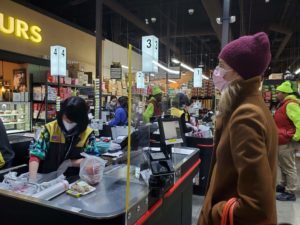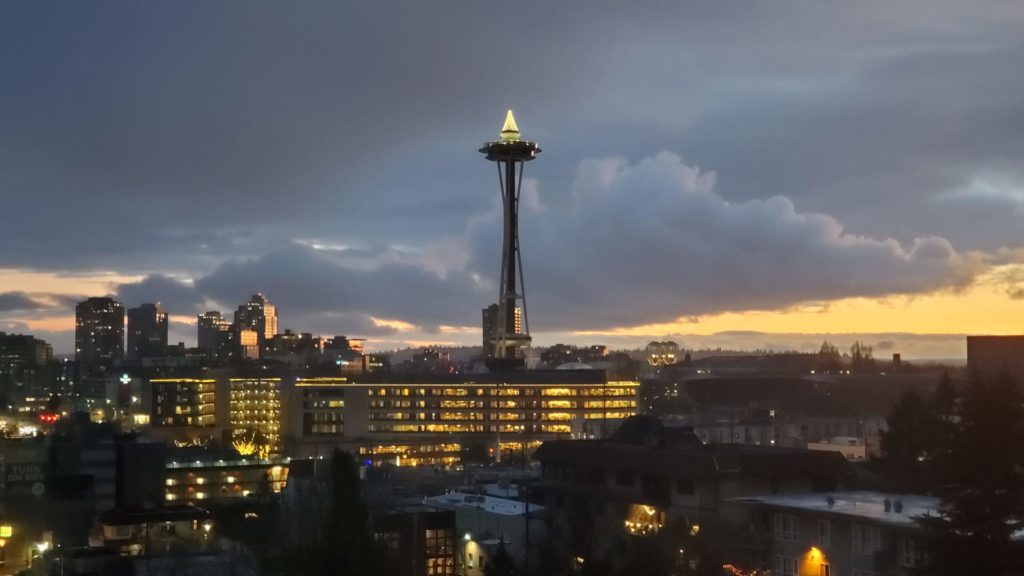After ten years of sort of wanting an e-reader, I finally got a Kindle (first a Paperwhite, which I returned and got an Oasis)! I had been debating whether to try actually reading my next book instead of doing my usual passive listening via audiobook. I’ve come to really like audiobooks, and sometimes would prefer them, especially if it’s narrated by the author. But a lot of content is better absorbed and enjoyed when reading in the richness of silent thought and imagination; for the book I’m reading now, Army of None by Paul Scharre, I’m glad I got it in a Kindle version I can actually read.
And I’ve missed reading with my own eyes; it’s far more of an intimate connection with the author-reader and I love having more space to pause and think about a particular sentence. Clever play of words are often missed in audiobooks, not to mention the difficulty in presenting visual content. Audible does provide downloadable copies of images, which helps a bit but it often feels like a clunky afterthought than a cohesive experience. Having books read to you can also be less engaging. I’m not really enthralled by the idea of sitting in one spot to listen to an audiobook, whereas I can do that for an hour or more with a book in hand.
I had first gotten the Kindle Paperwhite, the 6″ mainstream version and as soon as I got past the first few pages I realized how much different this felt than reading my phone, tablet, or other connected screened device. Perhaps its the eink display, the form factor, or distractionless interface, but despite having used screened devices for decades now, this felt new. Maybe even the idea of having a purpose built device for book reading that made me realize how much I’ve forgotten to actually make time for reading (as opposed to opportunistic passive listening like I do with audiobooks while in the car or on a walk/run).
It was an refreshingly awesome experience and I’m already looking forward to making time to read.
I had originally gotten the Paperwhite for the value, but when compared to the latest Kindle Oasis, I felt the Paperwhite’s screen was too cramped and after some debate, switched up. No regrets–the Paperwhite is almost there, but the Oasis is a better experience for reasons that many have articulated; I agree it’s not the best value, but for me, it is a sufficiently superior reading experience (bigger screen, warm light, physical buttons, ability to turn off touch screen were may biggest factors).
My only qualm was the lack of pocketability–I could actually fit the Paperwhite into many of my pant pockets–the Oasis, less so. But honestly, I don’t want more things in my pocket–I’ll carry around my Oasis just fine. (I guess I also did the whole, “if i pay into it, maybe I will keep more disciplined”, thing to motivate myself to read).
I’ve also been impressed at the huge selection of ebooks books available from the Seattle Public Library and despite a somewhat clunky unintuitive interface between OverDrive and Amazon (and Bibliocommons), so many books are available that I imagine myself reading more loaned vs bought Kindle books. 
Overall, I’m quite pleased with how the Kindle is fitting into my life and looking forward to reading more books this year!
P.S. This year has been quite… um yeah. There’s so much I wanted to write over the past few months but never got around to it…
The still ongoing pandemic, still ongoing racial justice reckoning, the 2020 election, events in my own life, or any number of other thoughts on my mind. If I manage to collect myself enough to write about them I may share my thoughts. In the meantime, stay safe everyone!









